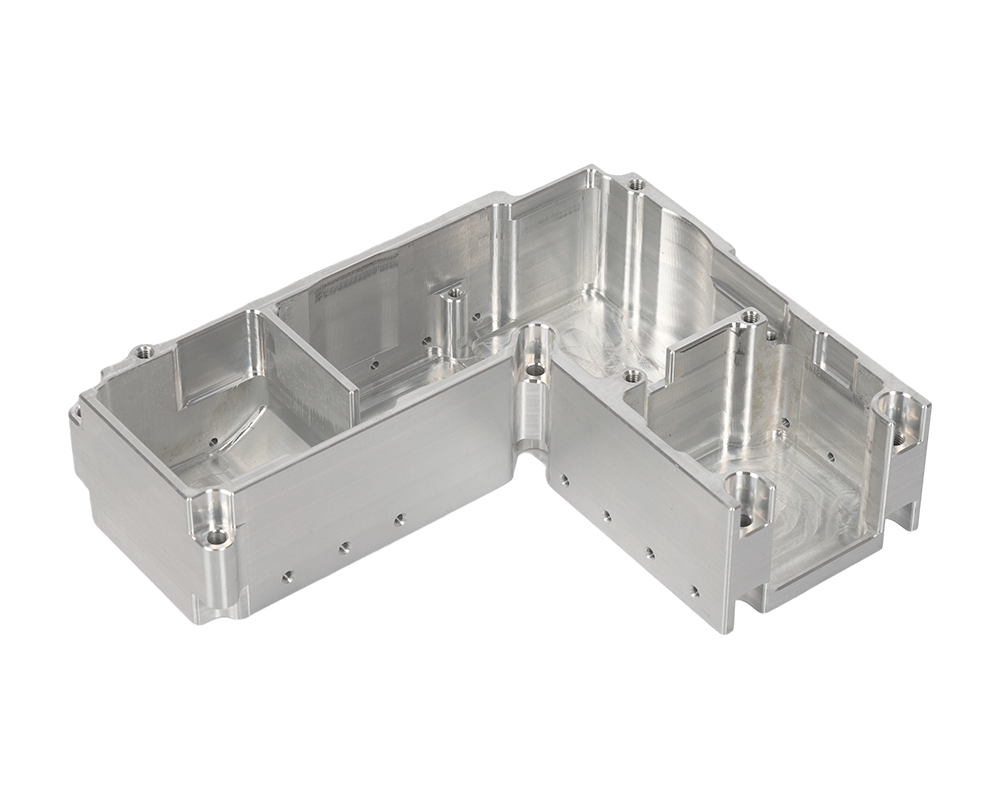2024-01-08 hits:0 source:News

1. Good thermal conductivity: Aluminum alloy die-casting molds must have good thermal conductivity to ensure other properties are maintained at a constant temperature for a long time.
2. High resilience and cold fatigue resistance: The surface of the mold is corroded and oxidized by molten metal for a long time, and fine cracks also appear. In many cases, thermal fatigue is the most important factor determining the life of the die casting mold.
3. Good melt resistance metal damage: High temperature and high pressure casting can cause significant melt damage, and molds should have great resistance.
Suitable oxidation types, additional protective layers such as nitride layers, and decarburization layers do not exist.
4. Strength, hardness, plasticity, and heat resistance: Under the influence of high temperature, high pressure, and thermal stress, aluminum alloy die casting molds may undergo deformation during the molten metal injection process, as it further cracks. The mold steel must have sufficient high-temperature strength and toughness, as well as high hardness and heat resistance at working temperature.
5. Good permeability and small heat treatment deformation: Regardless of which method is used for heat treatment, uniform hardness and good hardening should be obtained, especially after heat treatment for carving cavities. The material used has small heat treatment deformation, which is particularly important for large-sized molds.
Read recommendations:
lf you have any questions or comments, you can leave us a message and we will reply to you as soon as possible
